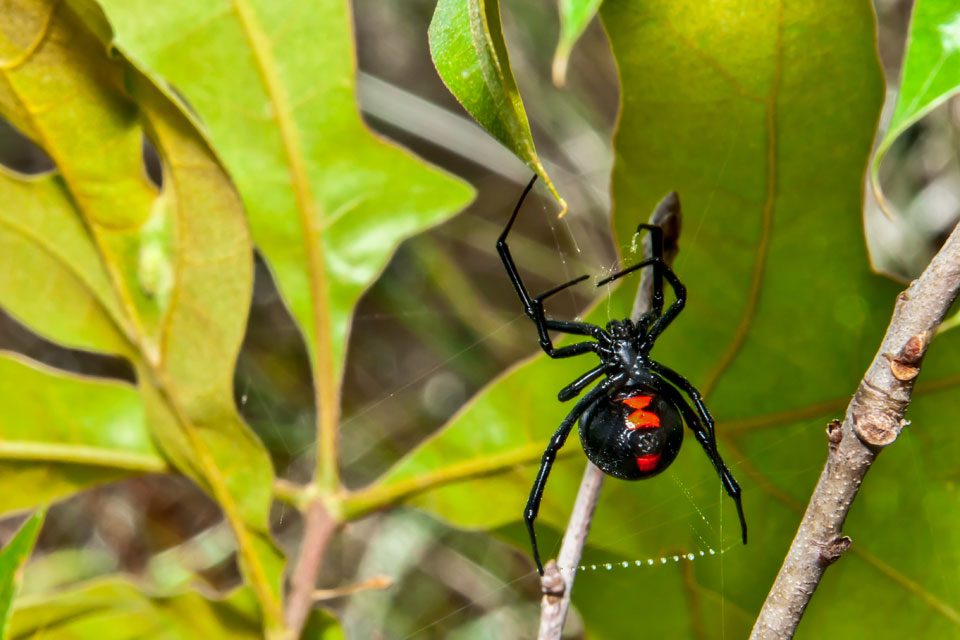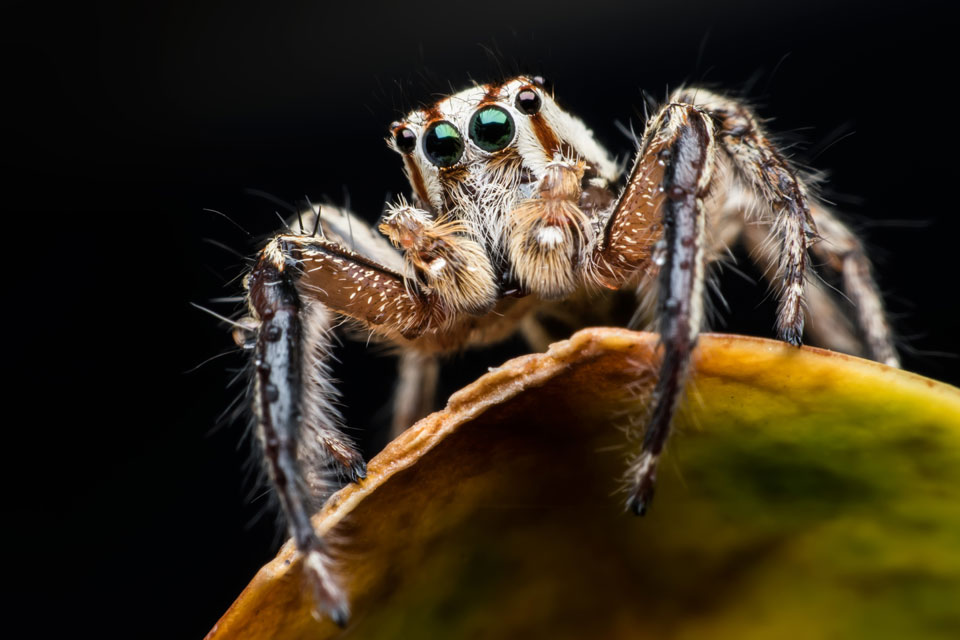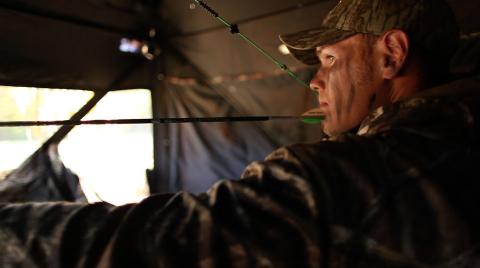The thought of spiders gives most people the heebie-jeebies. The thought of eight legs and eight eyes are enough to make most people’s skin crawl.
Here are some measures you can take to prevent spider bites and what to do if you happen to be bit by either a venomous or non-venomous spider:
Identification of Spider Bites
In most circumstances, people are not aware a spider has bitten them until long after the spider is gone–which could be hours. Many spider bites look like other insect bites, so it is hard to distinguish between what is a spider bite and what is just another insect bite. Common symptoms of spider bites include swelling, a red welt, skin damage around the bite area, itching of the site, rashes or pain right around the bite area.
In some cases, if the spider is poisonous, there are other symptoms that can affect the entire body. These include muscle cramping, sweating, difficulty breathing, headache, nausea, vomiting, fever, chills, high blood pressure and swollen lymph nodes. It is important to note that spider bites tend to take longer to heal than other insect bites because they affect the surrounding tissues.

Most Common Venomous Spiders
While no one wants to get bitten by a spider, most people are concerned with the venomous spiders, and rightfully so. A venomous spider can cause some serious damage and require you to get immediate medical attention. Some of the most common venomous spiders to look out for include:
Brown Recluse
The brown recluse is, as its name suggests, brown in color. It can also have a black mark on its back that can make it look a bit like a violin, which is why it is also referred to as the “violin” spider.
Brown recluses are only about one inch in length and like to hide in dark, isolated places. Fortunately, this species is not aggressive and only attacks if it feels provoked.
It takes about eight hours after being bitten by a brown recluse to fully develop symptoms, such as painful itching and redness. The bite develops a distinct red or purple ring. If left untreated, the bite can cause necrosis of the tissue around it, along with fever, chills and headaches.
Black Widow
The black widow is the most commonly recognized type of spider, and it is the one most people think of when they think of poisonous spiders. This type of spider is easy to distinguish, as it is all black and has an hourglass mark on the underside. They like to live in isolated, deserted places, such as attics, old sheds and barns.
Only the female is toxic. The male is non-venomous. If a female black widow bites you, the effects are immediate. The bite looks like two puncture marks and is easily identifiable.
Symptoms that can occur from the black widow are pain at the site of the bite, muscle cramping, headache, high blood pressure, sweating, nausea and numbness. Seeking medical treatment is important so that your doctor can administer an antivenom immediately.
Hobo Spider
Hobo spiders are a mix of brown and black. They are known for speed and their thick bodies. This species is notorious for living behind and under furniture, closets and garages. Pain and numbness ensue within the first 15 minutes after a bite has occurred. Within eight hours, the area of the bite gets swollen and hard. After 24 hours, the area turns necrotic black and the bite begins to leak fluids.
It is advisable to seek medical treatment, which could include corticosteroids, antibiotics and possibly surgery. A bite from this species of spider takes quite a while to heal.
 Preventing Spider Bites
Preventing Spider Bites
When enjoying the great outdoors, there are measures you can take to reduce the chances of getting bitten by a spider.
Wear protective clothing when spending time outside. The amount of protective clothing depends on the activity. Gloves, long-sleeved shirts, long pants tucked into socks and good boots reduce the amount of exposed skin and can help prevent getting bitten by a spider. Before putting on a pair of gloves or boots, check them for spiders, as both make great homes for spiders if they have been left unused for quite some time.
Insect repellent can also provide extra protection. Apply insect repellent to any site of exposed skin and clothing to help deter spiders.
What to Do If Bitten by a Non-Poisonous Spider
The good news is that most spiders are not poisonous, and many spiders do not have fangs long or strong enough to puncture human skin. Here are some steps you can take if you know or suspect you have been bitten by a non-venomous spider.
- Elevate the part of the body that has been bitten and apply an ice pack. Experts recommend applying the ice pack for 10 minutes and then taking it off for 10 minutes, repeating this process until any swelling starts to subside.
- Clean the affected area with soap and apply antiseptic disinfectant to help reduce the likelihood of developing an infection. This is especially important if a blister develops.
- Sometimes the affected area might itch. If this happens, take an antihistamine to relieve the itching.
- Seek medical attention if the symptoms are severe, get worse or do not go away.

What to Do if Bitten by a Poisonous Spider
Poisonous spiders contain venom that enters the victim’s body when bitten. The venom either contains necrotic agents, neurotoxins or both types of poison.
It is advisable to seek medical attention for spider bites from venomous species. Medical professionals can suggest the best course of treatment. However, there are still some things you can do on your own in the meantime:
- Apply a cold compress or icepack on the wound to alleviate swelling.
- Elevate the extremity that has been bitten.
- Tie a bandage or wrap of some sort above the bite to help slow the spread of the venom.
- Adults can take aspirin to help relieve some minor symptoms of a spider bite.
Take Home Message
Most spider bites are non-venomous and, apart from causing minor irritations, do not cause any serious health problems. Seek medical attention if bitten by a poisonous spider or if symptoms continue to get worse after a non-venomous bite.
Prevention is key. Wear protective clothing and apply insect repellent to deter spiders. Pay attention to your surroundings and take extra precautions when working in areas that make perfect homes for spiders.

 Preventing Spider Bites
Preventing Spider Bites




























